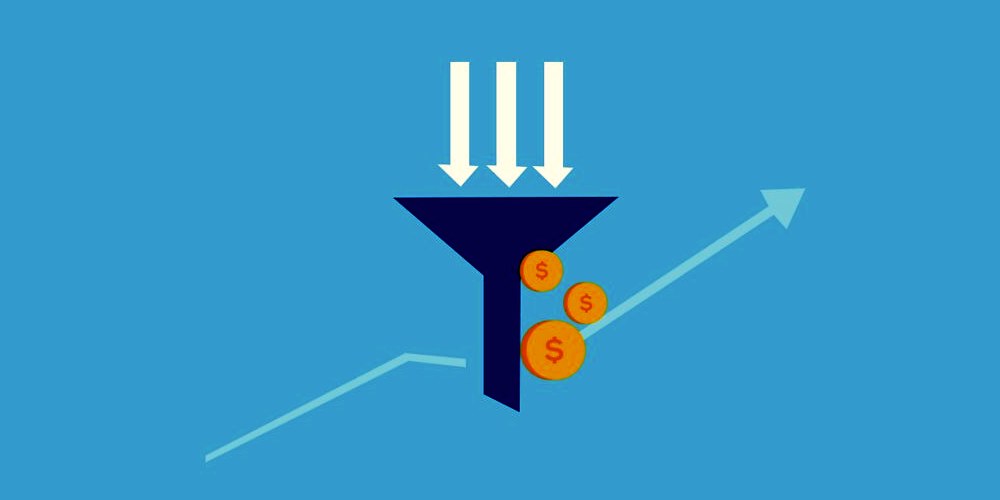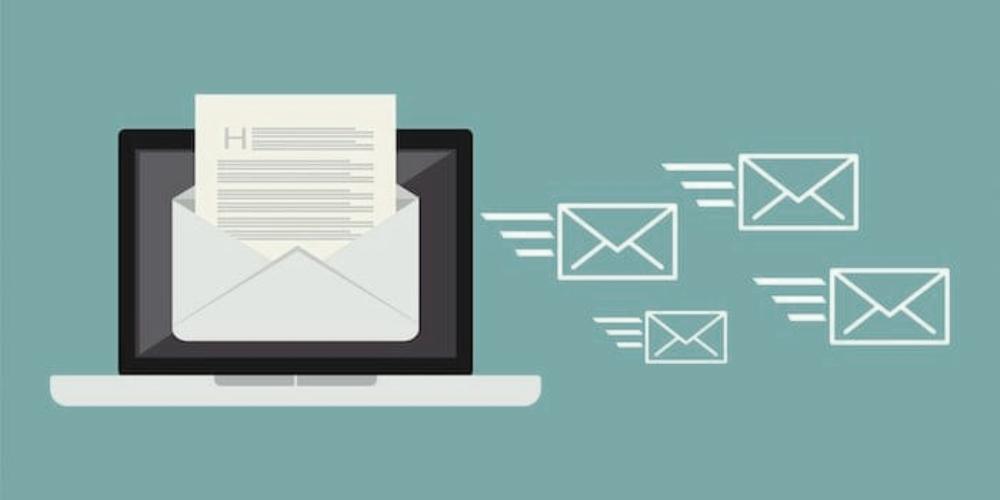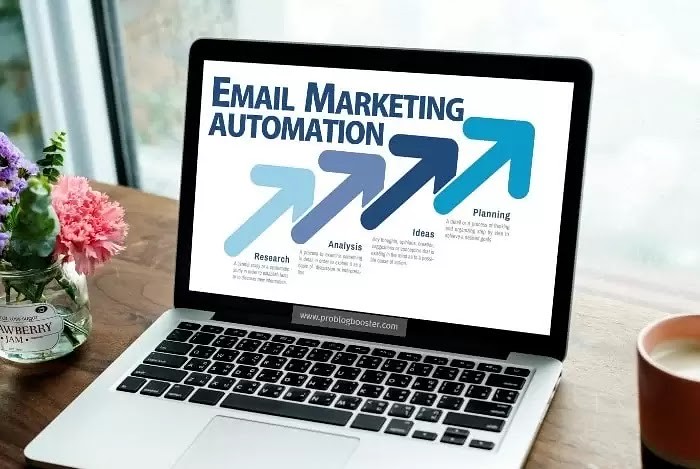Segmentation has been an effective strategy used by marketers. Just like population-based demographics and organization-based firmographics, we have technographics. In this blog, we will discuss how technology-based segmentation results in better sales and marketing, and in enhancing the revenue and ROI.
Technographics or technographic segmentation is the analysis of data based on the possession and use of technologies. In more technical terms, it is the understanding and analysis of a company’s technology stack in use—hardware and software, tools and applications, systems and platforms, etc. Clearly, technographic data will give you a competitive advantage.
It would help you understand:
- What is the hardware or software, the company has implemented in its process?
- How have they integrated the application in their process?
- How efficient is the technology for their business?
- How much is the usage of a specific technology?
Technographics = Technology + Demographics
Demographics covers the behavioral part of B2B organizations significantly, while Technographics cover the technological behavioral part of B2B organizations. The technologies used in the business processes of organizations, the ways they are using it, the technologies which they are likely to use in the future, etc. comes under the Technographic data. The data is highly useful as by referring it, the marketing and sales team could improvise the business results.
Table of Contents
Who uses Technographic Data?
While Technographic data could help different departments in an organization, it mostly benefits the sales, marketing, customer service departments, and BI teams. The data lead these teams to re-organize their approach for achieving the target within a specific time frame.
This is how it helps departments:
1. Marketing Team:
How does one market a service or product to the customer?
An important question, right!!!!
It’s not rocket science; the best way is to analyze the data and implement the insights gained from the same into the marketing strategy.
As known, marketers have always relied on specific tactics, techniques, tools to develop an efficient strategy and reach out to the customers, and with the introduction of Technographic data, the task has become much easier with super targeting.
As they have access to the best data that makes them aware of the technology a specific organization would prefer, the strategy to communicate with the accurate prospect could not go wrong.
2. Sales Team:
The sales team needs the relevant data so that they accordingly craft the right sales pitch to target the right prospect. This would make them convert the best prospect as a customer. Technographic data in such cases, sail them pass through the cluttered information and check the right information to connect with the prospect.
3. Customer Experience Team:
Providing the best experience for the customer is the goal of any customer service department. The Technographic data further helps the customer service team to serve customers the best way with the entire information such as what service would help these organizations, how it could be made better, among others. The right customer service facilitates in making the customer loyal to your organization.
4. BI Team:
The business intelligence team analyses the data to gain useful insights for better performance of the organization. The data provides useful information to the executives for making the right decision. One should know decision making needs a lot of thinking so that nothing goes wrong at the lower-level. The right Technographic data in the form of numbers makes this process easier as the decisions are backed with facts and figures to take the logical step.
Technographics in Perspective with Big Data
In the past three years, 90% of the world’s data has been created.
The age of Big Data is at its prime. In 2020, it is estimated that each person on an average will generate 1.7 MB data per second. With the global population estimated to be over 7.8 Billion, the amount of data generated by the world per second in numbers will give you vertigo!
via GIPHY
The implications of this data bombardment for the corporate world, however, are quite clear. Whether you are an established brand, or a startup waiting to blow the trumpet of your first sale, your success depends upon how well you can leverage data. Gone are the days of a few vendors and a lot of customers. Today, there are innumerable customers, and at the same time, innumerable vendors. If you fail to distinguish yourself from your competitors, either you will fall flat on the ground or make groveling progress. So, where does technographics fit in the scenario?
Technologies are at everyone’s disposal. The skilled and experienced workforce is a part of every organization. Solutions and services being delivered are on similar lines. Then what is going to differentiate you from others? The answer is Customer Experience. If you can personalize customers’ journey right from the top to the bottom of the sales funnel, your shot to success is a sure thing. Technographics enable you to personalize and even hyper-personalize the customer’s buying process if done well.
Takeaway: Technographics is the segmentation based on technology. Segmentation leads to personalization. And personalization leads to enhanced customer acquisition and retention.
Why must Technographics be a part of your Marketing Strategy?
Let us now dig deep and look into 4 such ways that advocate technographics in your marketing strategies:
1. Find New Opportunities
via GIPHY
When you go down one more level with technographic segmentation, you are liable to find new opportunities that would not have been discovered otherwise. Knowledge of the technology stack will allow you to be more customized in targeting.
93% of the companies have admitted to witnessing a boost in conversions due to personalization. Bespoke communication impresses the customer by demonstrating to them that you have taken the time to comprehend them, their requirement, and their challenges. These are good signs for customer acquisition and engagement.
Achieve Higher ROI with Technographic Data
2. Make your Sales Team more Productive
From the perspective of the sales team, wouldn’t it be better if they spend their time in selling rather than wasting time to find the people whom they can sell? A recent study revealed that 63% of sales rep spend their time in those tasks that generate no revenue. And one-fifth of it is spent on researching accounts and contacts.
The loss of time and resources can be averted by using technographic data. Also, it results in giving an exact demonstration of your total addressable market and the targeted market.
3. Sales & Marketing Teams Work in Sync
via GIPHY
Technographics, when combined with firmographics, not only make your communication with the prospects stronger, it also develops a symbiotic relationship between sales and marketing teams. On targeting customers based on their technology stack, advertisements and email marketing become more specific, enabling audiences to hear what they want to listen to.
With more knowledge about the prospective client, not only your lead scoring enhance but also you can spend more time pursuing the suitable lead meant for your solution.
4. Enhance Customer Retention
It feels great to convert a lead into a customer, but the ultimate win for a business is customer retention. With the application of technographic segmentation, customer success can be enhanced significantly with improved upselling, cross-selling, expansion and renewal, etc.
The long term impact of technographics has made companies all over the world invest and incorporate technographic analytics in marketing and sales, and customer analysis.
How Technographic Data collected?
1. Customer Feedback:
Organizations do collect a good number of data from the feedback to understand the mindset of their consumer. Many times, the open-ended questions asked in the feedback help you collect the number of customers who are impressed by your service and would like to continue with the same in the near future. This information could be included in Technographic data.
2. Phone Survey:
Why do you think the customer representative team calls you?
It is not every time to motivate you to purchase the product or service; they often call to collect the data that can be further used to streamline the process of the organization. The phone surveys have all the relevant information that could be added to the Technographic data.
3. The Data Scraping Procedure:
This technique involves extracting the code of the website so that crucial information can be collected. The information can be put into the spreadsheet or otherwise saved into the computer, thus enhancing Technographic data.
Use cases of Technographic data
Use case 1:
For example, let’s analyze the case of an organization that is not using an ERP solution at present, but the challenges they face such as in supply chain operations, project management, accounting, is an indication that they would need the solution in the near future.
Companies providing ERP solutions would surely like to reach out to these prospects. There are high chances of selling the ERP solution to these potential customers. Technographic data has the sub-segmented data of these prospects so that you do not waste your time on leads that provide less opportunity of conversions.
The different types of account-based marketing help representatives adopt the best practices and communicate with the shortlisted high-valued prospects increasing the chances of conversions exponentially within a short time frame.
Use case 2:
Let’s take another scenario for a better understanding of how Technographic data helps you give a competitive advantage. In the current business world, almost all organizations search and analyze the best data before connecting with their prospect.
So, how to grab the opportunity when the approach is the same?
The precise Technographic data could help you follow a unique approach for connecting with the prospect. The tools that your target might like to use so that it aligns with the existing software or hardware in the organization, how well the tool would gel with the process of the organization, how long the tool could work in the organization, etc. are some of the questions of which you should have the answer to outsmart your competitor.
Summing it up:
Acquiring the “ideal” customer profile is an atypical achievement that is often time-consuming and trying in many ways. And the targeted market often goes off target if you do not segment your prospects based on specific attributes. Technology is an ever-changing landscape. Knowing your customers’ technology stack will always enable you to have better customer targeting, acquiring, and retaining.
Reach Your Targeted Audience Now





